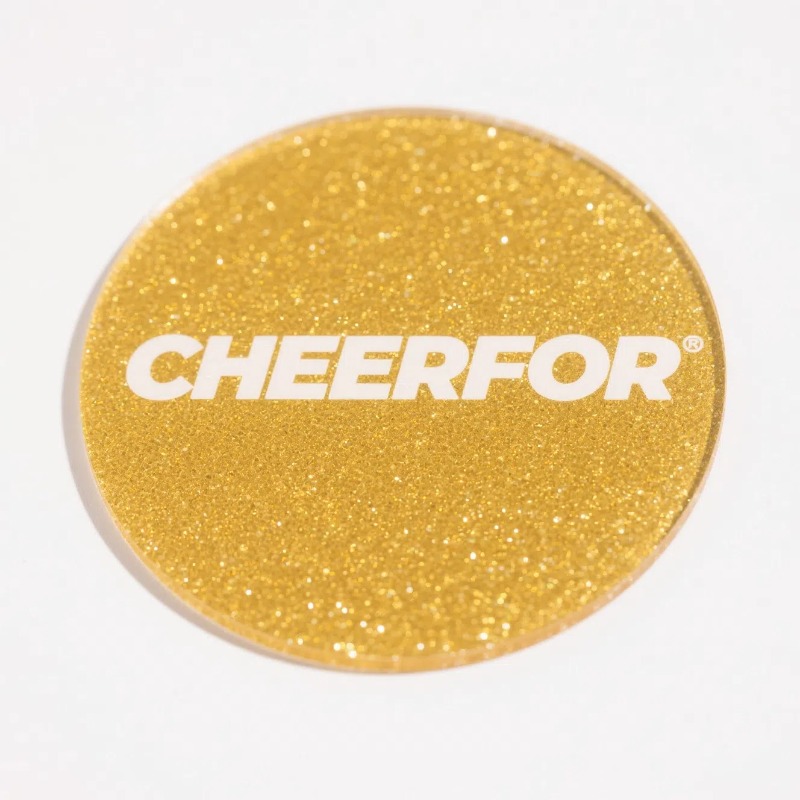 Molding the Foundation – Cast vs. Extruded Acrylic
Molding the Foundation – Cast vs. Extruded AcrylicAcrylic’s versatility begins with its two primary manufacturing forms: *cell cast* and *extruded*. Cell cast acrylic involves pouring liquid monomer between glass molds and curing it under heat. This process yields superior optical clarity, exceptional thickness consistency, higher molecular weight, and enhanced chemical resistance – ideal for precision optics, high-end displays, and thick sheets for aquariums or architectural features. Extruded acrylic, formed by pushing heated acrylic compound through dies, offers cost efficiency and tighter thickness tolerances for thinner sheets. While slightly less resistant to chemicals and scratching than cast, its uniformity makes it perfect for applications like signage, light covers, and protective barriers where large volumes of consistent sheet are needed. Understanding this core distinction empowers users to select the optimal base material.

The true power of acrylic lies in its remarkable workability. **Cutting:** It machines cleanly with saws, CNC routers, and lasers, producing sharp edges ideal for intricate shapes in signage or models. **Thermoforming:** Heating acrylic sheets (typically extruded) makes them pliable for bending, draping, or vacuum-forming into complex 3D shapes like skylight domes, bathtubs, or aircraft canopies. **Polishing:** Flame polishing or mechanical buffing restores optical clarity to cut edges, crucial for displays or windows. **Bonding:** Solvent cements create virtually invisible, molecular-level bonds between acrylic pieces, enabling the construction of seamless tanks, displays, or sculptures impossible with mechanical fasteners. **Engraving & Printing:** Lasers precisely engrave designs or markings, while acrylic readily accepts screen printing, digital printing, and UV-cured inks for vibrant, durable graphics.
Advantages Realized Through Processing
Acrylic’s fabrication-friendly nature translates into significant advantages. Its **ease of processing** lowers manufacturing costs and lead times compared to glass or metals. The ability to achieve **complex geometries** via thermoforming or bonding opens doors to innovative designs in architecture, product design, and art. **Precision machining** ensures high tolerance for technical parts. The **optical quality of finished edges** (through polishing) maintains the material's aesthetic appeal in visible applications. Finally, **strong, invisible bonds** allow for structurally sound yet visually stunning constructions. This unique combination of properties and processability makes acrylic not just a material, but a solution enabling creativity and functionality across countless fields.

Acrylic's utility is profoundly amplified by its diverse manufacturing forms (cast vs. extruded) and exceptional workability. Key techniques like precision cutting, thermoforming, solvent bonding, and polishing transform raw sheets into complex, high-quality components. This ease of fabrication enables cost-effective production, intricate design realization, and the creation of seamless, optically superior finished products, solidifying acrylic's role as a cornerstone material for both industrial and creative applications.




